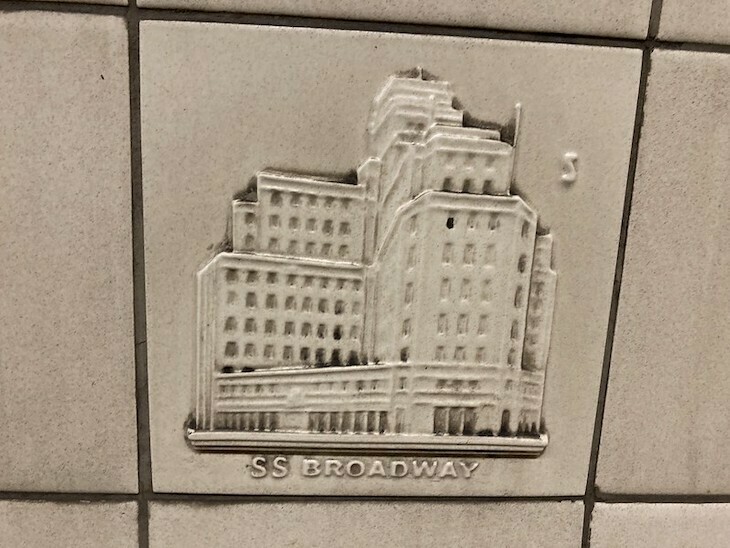
We all have a favourite tube station, but which ones are officially the best (architecturally)?
Our underground network is well over 150 years old. One of its many joys is the variety of architecture to be seen along the routes, with styles ranges from Victorian Italianate, to art deco and modernist, to simple glass boxes.
Some of these buildings are considered so important that they've received special protection from Historic England (or predecessor English Heritage). This is called 'listing'. Listed buildings cannot be demolished or altered without special permission. Grade I is the highest form of listing, reserved for exceptional buildings. The next highest is called Grade II*, then Grade II.
Of the 272 stations on the network, 71 use buildings that are listed. That's over a quarter of them, or 26%. Of those, 31 were designed, in part or whole, by Charles Holden. He was responsible for many of the modernist masterpieces on the Piccadilly and Northern lines (see our map).
Grade I listed underground stations

The only station properly blessed with a Grade I (the most important) listing is St James's Park. It's built into Charles Holden's magnificent 55 Broadway building, which opened in 1929 as the headquarters of London Underground. 55 Broadway is now under conversion into a hotel, but the listing status will mean that the new owners can make very few changes to the fabric of the building.
Bank station also dallies with Grade I listing. The station itself is architecturally unremarkable — indeed, it's almost entirely underground. However, one of the entrances is built into the corner of the Bank of England, which is a Grade I listed structure. Another entrance used part of the crypt of Hawksmoor's St Mary Woolnoth — another Grade I building.
Grade II* listed underground stations

The next level of listing is Grade II*. Just six stations are worthy enough for this protection.
Arnos Grove: The drum-shaped wonder of the Piccadilly line, designed by Charles Holden and opened in 1932.
Baker Street: One of the original stations when the first underground line opened in 1863. The platform level is largely preserved as architect John Fowler designed it, though some parts were modified by Charles Clark in 1911-13.

Moorgate: A surprising entry, as the station doesn't feel too showy. But look up. It's nested inside an imposing Portland stone building by Lutyens, which wins it the listing.
Oakwood: Another Holden classic on the Piccadilly line, this time in a light, boxy style.
Southgate: The famous 'flying saucer' tube station, again by Holden.

Sudbury Town: Yet another Holden design, and the site where he first pioneered his distinctive, boxy style. (It also has an unusual roundel — check out the typeface.)
Grade II listed underground stations
Dozens of stations make the lowest form of listed status. Of these, Charles Holden served as architect for 25. He really was the king of tube architecture. In second place is Leslie Green, who designed many of the oxblood-tiled stations of the early 20th century, a generation before Holden. 11 of his stations make the grade (with two more in his style, continued by Stanley Heaps).

One closed station, Aldwych (a Leslie Green design) also has Grade II status.
The most-recently built listed tube station is Perivale on the Central line. This was designed in 1938 by Brian Lewis and Frederick Curtis, but wasn't completed until 1947 because of the war. Redbridge (by Holden) was also completed in 1947.
Oxford Circus is unusual in having two separate listed buildings. The Central and Bakerloo entrances on either side of Argyll Street are both Grade II listed.
Lines with the most listed stations
Note: some stations serve more than one line, so will be counted in several tallies.

Piccadilly: 31
District: 17
Metropolitan: 11
Circle: 10
Central: 9
Hammersmith & City: 9
Bakerloo: 8
Jubilee: 4
Victoria: 3
Waterloo & City: 1
Sources and further reading
Wikipedia has the best list, with links off to every Historic England listing.
Historic England has all the details for each station in its searchable National Heritage List for England. Their blog also has an excellent short essay about the different architectural styles seen across the network.
We've previously made maps of all the stations by Charles Holden and Leslie Green.
All images by the author, Matt Brown




